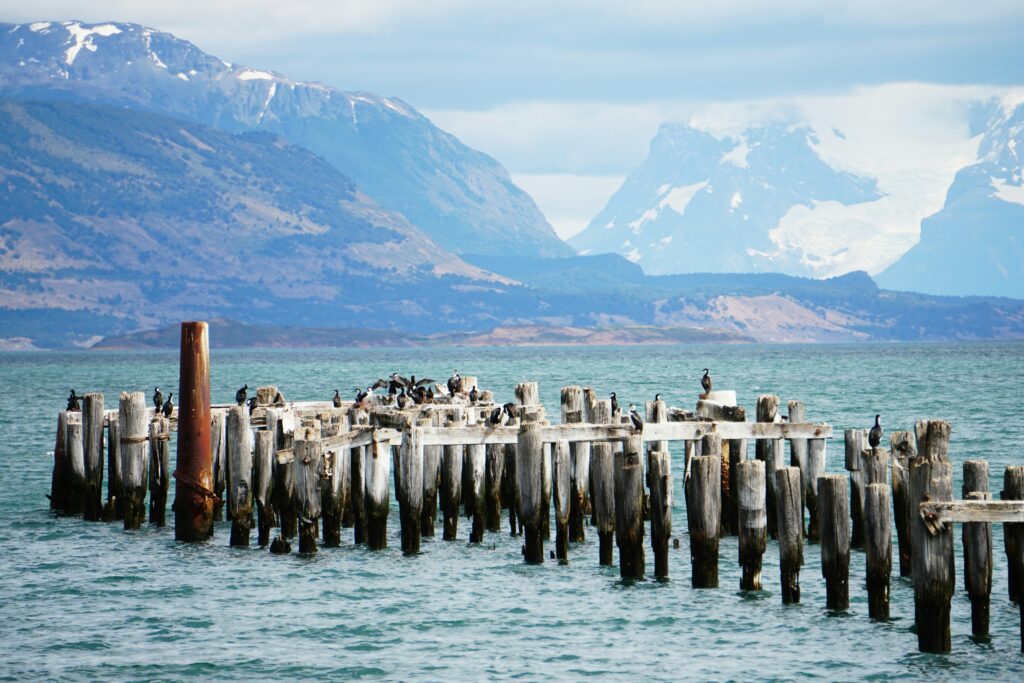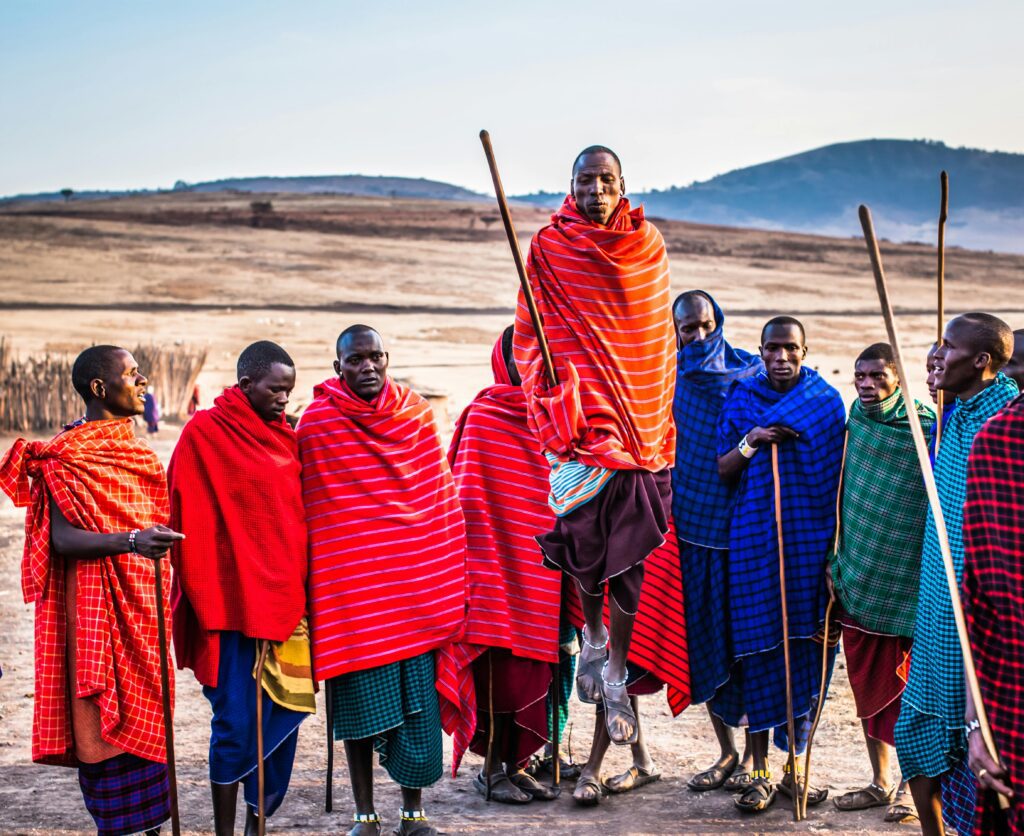Discover Puerto Natales, Chile’s gateway to Torres del Paine! Hike glaciers, explore fjords & savor Patagonian charm.
Introduction: Discovering Puerto Natales, Chile’s Gateway to Patagonia
Nestled along the windswept shores of the Última Esperanza Fjord, Puerto Natales is a rugged yet charming port town that serves as the primary gateway to Torres del Paine National Park—one of the most breathtaking wilderness destinations in Chilean Patagonia. With its colorful tin-roofed houses, bustling waterfront, and dramatic Andean backdrop, this remote outpost blends frontier spirit with modern adventure, offering travelers a perfect base for trekking, wildlife encounters, and fjord expeditions.

The moment you arrive, the crisp Patagonian air fills your lungs, carrying the scent of saltwater and woodsmoke from nearby hearths. The town’s quaint streets, lined with murals depicting local legends, invite leisurely exploration. By night, the sky erupts in a celestial display—unpolluted by city lights—making stargazing an unforgettable experience.
Founded in the early 20th century as a hub for sheep farming and maritime trade, Puerto Natales has evolved into a vital stop for explorers en route to the park’s iconic granite towers, turquoise lakes, and sprawling glaciers. The town itself boasts cozy cafés serving fresh Patagonian lamb, artisan bakeries, and outfitters stocked with high-quality gear for multi-day hikes.
Why This Guide?
This best Puerto Natales travel guide provides everything you need—from 3-day Puerto Natales itineraries to backpacking tips—ensuring you make the most of your Patagonian adventure.
Map of Puerto Natales
Why Visit Puerto Natales?
1. Gateway to Torres del Paine National Park
Puerto Natales is the closest town to Torres del Paine, a UNESCO Biosphere Reserve famed for its jagged peaks, electric-blue glaciers, and windswept pampas. Whether you’re trekking the W Circuit, kayaking on Grey Lake, or spotting guanacos (wild llamas), the park is a must-visit.
- The W Trek (5–7 days): Traverse glacial valleys, dense forests, and the iconic Base Torres viewpoint, where sunrise paints the granite towers in fiery hues.
- Grey Glacier Boat Tour: Sail past icebergs the size of buildings, listening to the thunderous cracks of calving ice.
- Wildlife Spotting: Keep an eye out for Andean condors, pumas, and ñandús (Patagonian ostriches).
2. Stunning Fjord & Wildlife Experiences
The Última Esperanza Fjord offers:
– Boat tours to Serrano Glacier: A full-day excursion includes hiking through Bernardo O’Higgins National Park, where waterfalls cascade down moss-covered cliffs.
– Kayaking among sea lions: Paddle through icy waters as curious sea lions pop their heads above the surface.
– Penguin colonies at Isla Magdalena (Oct–Mar): Over 120,000 Magellanic penguins nest here—bring binoculars for close-up views.
3. Authentic Patagonian Culture
- Savor centolla (king crab) at La Marmita: This local delicacy, served with melted butter and lemon, is a must-try.
- Explore Milodón Cave: Walk in the footsteps of prehistoric giant sloths, whose 12,000-year-old remains were discovered here.
- Visit Museo Histórico: Learn about the indigenous Kawésqar people, early settlers, and the region’s sheep-farming heritage.
Pro Tip: Visit between November and March for the best weather, though April and October offer fewer crowds and stunning autumn foliage.
Planning Your Trip to Puerto Natales

Best Time to Visit
| Season | Weather | Crowds | Highlights |
|---|---|---|---|
| Peak (Dec–Feb) | 10–20°C (50–68°F) | Busiest, book early | Long daylight hours, ideal for hiking |
| Shoulder (Nov, Mar–Apr) | 5–15°C (41–59°F) | Fewer tourists | Fall colors, lower prices |
| Winter (May–Oct) | Below freezing | Limited services | Snow-covered landscapes, solitude |
Getting There
- Fly into Punta Arenas (PUQ): From here, take a 3-hour bus (CLP $10,000–15,000) or a private transfer (CLP $50,000).
- Direct flights from Santiago to Puerto Natales (via Sky Airline): Available December–March, saving you time.
- Overland from El Calafate, Argentina: A scenic 5-hour bus ride (CLP $25,000) crosses the Patagonian steppe.
Where to Stay
Budget
- Hostel Lili Patagonico (CLP 15,000/night): A cozy, social hostel with a shared kitchen and mountain views.
- Erratic Rock Hostel (CLP 18,000/night): Famous for its daily Torres del Paine info sessions.
Mid-Range
- Hotel Costaustralis (CLP 80,000/night): Waterfront rooms with fjord views and a hearty breakfast buffet.
- Weskar Patagonian Lodge (CLP 70,000/night): Rustic-chic cabins with wood-fired hot tubs.
Luxury
- The Singular Patagonia (CLP 300,000+/night): A restored 1915 cold-storage plant turned five-star hotel, complete with a spa and fjord cruises.
- Noi Indigo (CLP 200,000/night): Sleek, modern rooms with floor-to-ceiling windows overlooking the fjord.
Detailed 3-Day Puerto Natales Itinerary
Day 1: Exploring the Town & Fjords
Morning:
– Breakfast at Café Kaikén: Order pan amasado (traditional Chilean bread) with calafate jam, made from a local berry said to ensure your return to Patagonia.
– Visit Museo Histórico: Admire Kawésqar canoes and early settler artifacts. Don’t miss the wool-spinning demonstration!
Afternoon:
– Milodón Cave Tour (CLP $10,000): Walk through the cavern where a 4-meter-tall sloth once roamed. The surrounding forest is perfect for a short hike.
– Lunch at La Marmita: Try the cazuela de cordero (lamb stew) or the centolla gratin.
Evening:
– Sunset Fjord Cruise (CLP $35,000): Sip a pisco sour as the sun dips behind the Andes, turning the fjord into a mirror of gold and pink.
Day 2: Torres del Paine Day Trip
Morning:
– 6:00 AM Bus to Torres del Paine (2.5 hrs, CLP $15,000): Pack snacks and layers—weather shifts rapidly.
– Hike to Mirador Las Torres (18 km round-trip): The trail winds through beech forests and river valleys before culminating at the iconic towers.
Afternoon:
– Picnic Lunch at Laguna Amarga: Watch guanacos graze as condors circle overhead.
– Short Walk to Salto Grande: A thunderous waterfall where the Paine River crashes into turquoise pools.
Evening:
– Return to town by 8:00 PM.
– Dinner at El Asador Patagónico: Share a cordero al palo (spit-roasted lamb) with fellow travelers.

Day 3: Adventure & Relaxation
Morning:
– Kayaking on Última Esperanza Fjord (CLP $40,000): Glide past sea lions and cormorant colonies.
– Visit Estancia Eberhard: A working ranch where gauchos demonstrate sheep shearing and horseback riding.
Afternoon:
– Artisan Shopping on Pedro Montt Street: Pick up a hand-knit wool sweater or a mate gourd.
– Coffee at Café Artimaña: Their chocolate caliente con merkén (spiced hot chocolate) is divine.
Evening:
– Patagonian Lamb Asado: Join a local family for a barbecue under the stars, accompanied by folk music.
Local Transportation & Budget Tips
Getting Around
- Walking: The town center is compact—most attractions are within 15 minutes.
- Taxis: CLP 3,000–5,000 for short trips. Agree on a price before boarding.
- Buses: CLP 650 for local routes; buses to Torres del Paine leave from the Rodoviario.
Budget Breakdown (Per Day)
| Expense | Cost (CLP) | Notes |
|---|---|---|
| Hostel | 15,000–25,000 | Dorms or private rooms |
| Meals | 10,000–20,000 | Set lunches (menú del día) save money |
| Tours | 30,000–100,000 | Book multi-day hikes in advance |
| Transport | 5,000–15,000 | Buses/taxis to trails |
Save Money:
– Book refugios (mountain huts) early for Torres del Paine (CLP $25,000–50,000/night).
– Cook at hostels—supermarkets sell affordable lamb and local cheeses.
Safety & Cultural Etiquette
Safety Tips
- Petty theft is rare, but don’t leave bags unattended in cafés.
- Weather changes fast—pack windproof layers, sunscreen, and sunglasses (yes, even in winter!).
- Hike with a buddy in remote areas; pumas are elusive but present.
Cultural Do’s & Don’ts
✅ Greet with “buenos días/tardes”—Chileans appreciate politeness.
✅ Tip 10% at restaurants; rounding up taxis is customary.
❌ Don’t rush meals—dinner often starts at 9:00 PM.
❌ Avoid political debates—Chileans are passionate but private.
Frequently Asked Questions (FAQ)
1. How many days should I spend in Puerto Natales?
- Minimum 3 days (1 for town, 2 for Torres del Paine). Add extra days for multi-day treks or fjord explorations.
2. Do I need a tour for Torres del Paine?
- No, but guided treks (CLP $150,000–300,000) simplify logistics and provide safety support. Solo hikers must register at CONAF.
3. Is Puerto Natales safe for solo travelers?
- Yes, but hike with a buddy in remote areas. Hostels are great for finding trekking partners.
4. What’s the best local dish?
- Centolla (king crab) or cordero al palo (spit-roasted lamb). For dessert, try kuchen (German-inspired fruit cakes).
5. Can I visit in winter?
- Yes, but some trails close due to snow. June–August offers stark beauty and solitude—pack thermal gear!
Conclusion: Start Your Patagonian Adventure Today!
Puerto Natales is more than a stopover—it’s a destination where fjords, glaciers, and gaucho culture collide. Whether you’re trekking to Torres del Paine, savoring Patagonian lamb, or kayaking past sea lions, this guide ensures an unforgettable trip.
Ready to explore? Book your flights and download our free Patagonia packing list now!
Keywords:
**”Puerto Natales travel guide 2024″ **
**”best things to do in Puerto Natales Chile” **
**”how many days to spend in Puerto Natales for Torres del Paine?” **
**”Puerto Natales to Torres del Paine transport options (bus rental car tours)” **
**”where to stay in Puerto Natales for backpackers vs. luxury travelers”**



